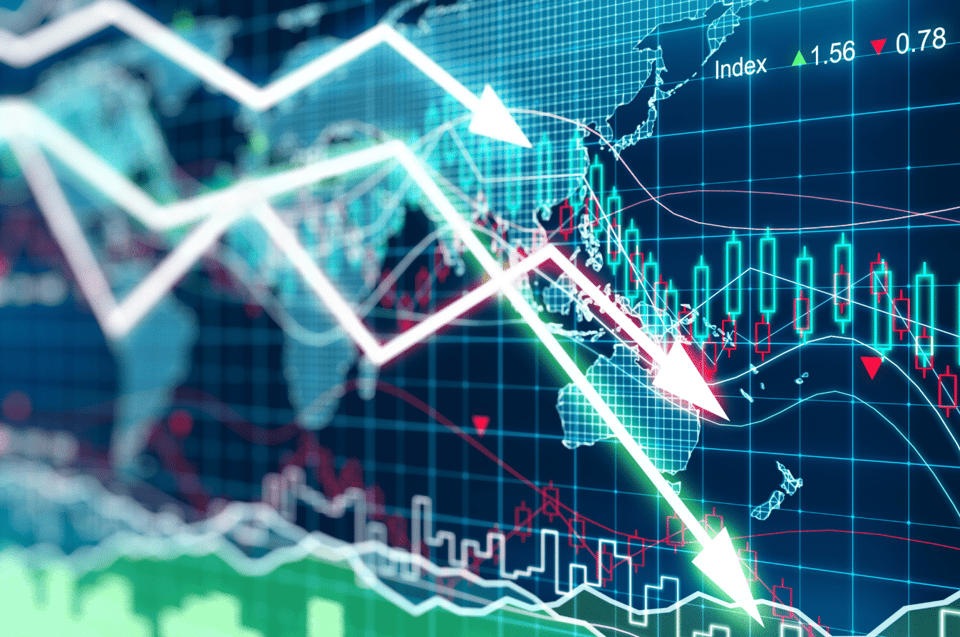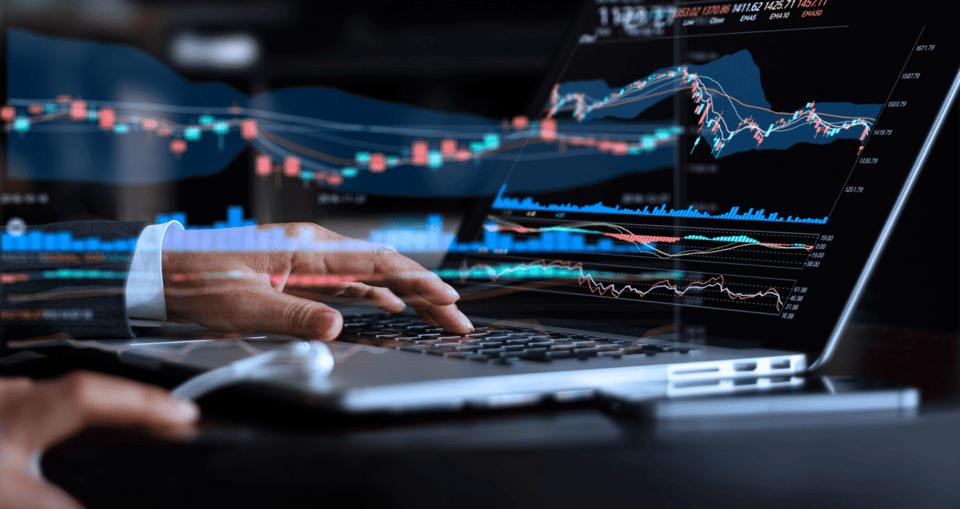From coffee and crude oil to S&P 500 futures and Treasuries, many different types of markets are available to futures investors.
Futures trading initially took root in agriculture as a way for farmers to gain a measure of financial security over next year’s harvest. The big commodity markets trace their origins to Midwestern farmers arriving in Chicago in the 1840s looking for a decent price for their wheat. It was from there that farmers and dealers came up with ways to exchange deals on future crops, allowing farmers some protection, or a hedge, on their investment.
Today, crude oil and other energy derivatives, such as gasoline and heating oil, are the most commonly traded commodities. The agriculture sector comes in a distant second, with a market share of about 17 percent. NYMEX, part of the CME Group, is the most extensive marketplace for energy trading, including instruments that cover crude oil, natural gas, and coal. The trade in metals, led by gold and such base metals as copper, is also substantial and helps support the mining industry.
| Agriculture | Energy | Metals | Forex | Rates | Equities |
|---|---|---|---|---|---|
| Grains | Oil | Gold | Euro/$ | Treasuries | S&P 500 |
| Livestock | Heating oil | Silver | GBP/$ | Money mkts | Nasdaq 100 |
| Dairy | Natural gas | Platinum | Yen/$ | Rate swaps | Nikkei 225 |
| Forestry | Coal | Base metals | Euro/Yen | Barclays Index | E-mini S&P |
Futures trading has exploded well beyond these types of commodities, and now includes products covering foreign exchange, interest rates and equities. This chart shows the six main categories for futures trading and each category’s segments:
Equity Futures
Equity futures trading has expanded rapidly in recent years as investors look to hedge volatility in the broader market. Many market players begin their day by looking at how the S&P 500 Index futures are doing because these futures contracts provide a window on the overall direction of global markets.
Equity futures may give traders another layer of protection in their overall trading strategy. With equity futures, investors can employ higher leverage, meaning that an investor needs less money up front to trade the instruments. Equity futures also trade around the clock, allowing investors to take a position before markets open or after they close.
Forex (Currency Futures)
The foreign exchange market is the biggest in the world, with more than $5 trillion traded daily, and forex futures is a key derivative of this market. The CME is the biggest exchange for currency futures, but the contracts are traded all over the world, including on the Intercontinental Exchange and Eurex.
Companies may use forex futures to manage risk if they are expecting a large foreign currency payment. For example, if a U.S. firm is awaiting a considerable sum from a Canadian company in six months, it can buy a futures contract to protect against any deterioration in the Canadian dollar.
Like all futures contracts, forex markets attract speculators, who play on the intraday ticks of the market. Day trading adds liquidity to markets, which in turn allows investors with long positions to move in and out of their futures contracts more easily.
Interest Rates
Trading interest rate futures is another significant sector in world markets. Interest rate futures come in a variety of instruments, but U.S Treasury offerings dominate the sector.
Supply and demand may affect commodity futures, and economic concerns may influence equities futures economic concerns. Likewise, any change in borrowing costs has an impact on interest rate futures. For example, if the Federal Reserve ratchets up interest rates in the U.S., the price of bonds and Treasury will likely fall.
Know Your Markets
Understanding the range and basic operations of the many different types of futures markets is useful knowledge for investors when discussing their futures portfolio with a broker or when monitoring the results of automated futures investing strategies.



